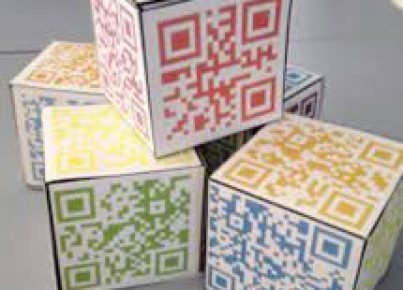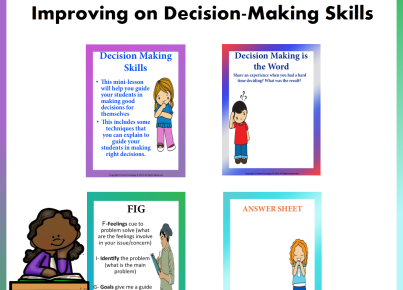Introduction:
Pocket charts are a versatile and interactive tool that can be used in classrooms or homes to engage children in hands-on learning activities. They come in various shapes and sizes, and they can accommodate cards, pictures, sentences, or other learning aids. Here are 20 perfect pocket chart activities that will spark creativity and make the learning experience fun for all ages.
1. Sorting Words by Theme : Create cards with various vocabulary words on them and have the students sort them based on a chosen theme like animals, fruits, or occupations.
2. Building Sentences: Provide children with separate word cards and let them construct meaningful sentences using the pocket chart as their workspace.
3. Time-Telling Practice: Display different clock faces along with the corresponding time cards to help children learn how to tell time.
4. Number Sequences: Place number cards on the pocket chart and ask learners to fill in the gaps by adding missing numbers to complete the sequences.
5. Sight Word Recognition: Write sight words on cards and have students match them with corresponding picture cards for visual reinforcement.
6. Alphabet Matching: Arrange alphabetical letter cards onto the pocket chart along with picture clues that showcase objects beginning with that letter.
7. Word Families: Teach various word families by placing root words onto pocket charts, followed by suffixes or prefixes for students to build new words.
8. Calendar Skills: Create a monthly calendar using pocket charts to teach days of the week, months, numbering, and basic scheduling concepts.
9. Scientific Classification: Students can sort animals, plants, or other organisms based on their scientific categories such as mammals, reptiles, insects, etc.
10. Math Facts Practice: Write math problems on one side of card inserts and answers on another for quick self-quizzing practice of addition, subtraction, multiplication, or division facts.
11. Story Sequencing: Print out story scenes onto cards and have the learners arrange them in the correct order to practice their storytelling skills.
12. Rhyming Words: Write down words on cards that rhyme, place them into the pocket chart, and have kids pair them up based on the rhyming pattern.
13. Color Sorting: Provide cards with various colors and child-friendly shapes or objects for learners to sort and categorize based on color.
14. Emotion Recognition: Use emotion picture cards for kids to learn about feelings and emotions by matching facial expressions with emotive words.
15. Anagram Challenge: Place scrambled word cards into the pocket chart and encourage children to unscramble them into correct words.
16. Vocabulary Expansion: Teach new vocabulary words using pocket charts by organizing them into categories, such as space, weather, food, etc., for students to familiarize themselves with new terms.
17. Bar Graphs: Utilize a customizable pocket chart to represent data visually as bar graphs so children can analyze information easily.
18. Punctuation Practice: Present sentences without punctuation marks and ask children to insert appropriate punctuation cards at the correct positions.
19. Geography Lesson: Display world maps with labels written on separate cards for students to match countries, capitals or landmarks correctly.
20. Musical Notes: Teach basic music theory using a blank staff line pocket chart and musical note card inserts, perfect for budding musicians.
Conclusion:
With these 20 pocket chart activities, classrooms and homes become stimulating learning environments filled with interactive tasks that support cognitive development. The versatility of pocket charts allows teachers and parents to tailor activities specifically for each child’s learning needs – making education engaging, fun, and effective.





